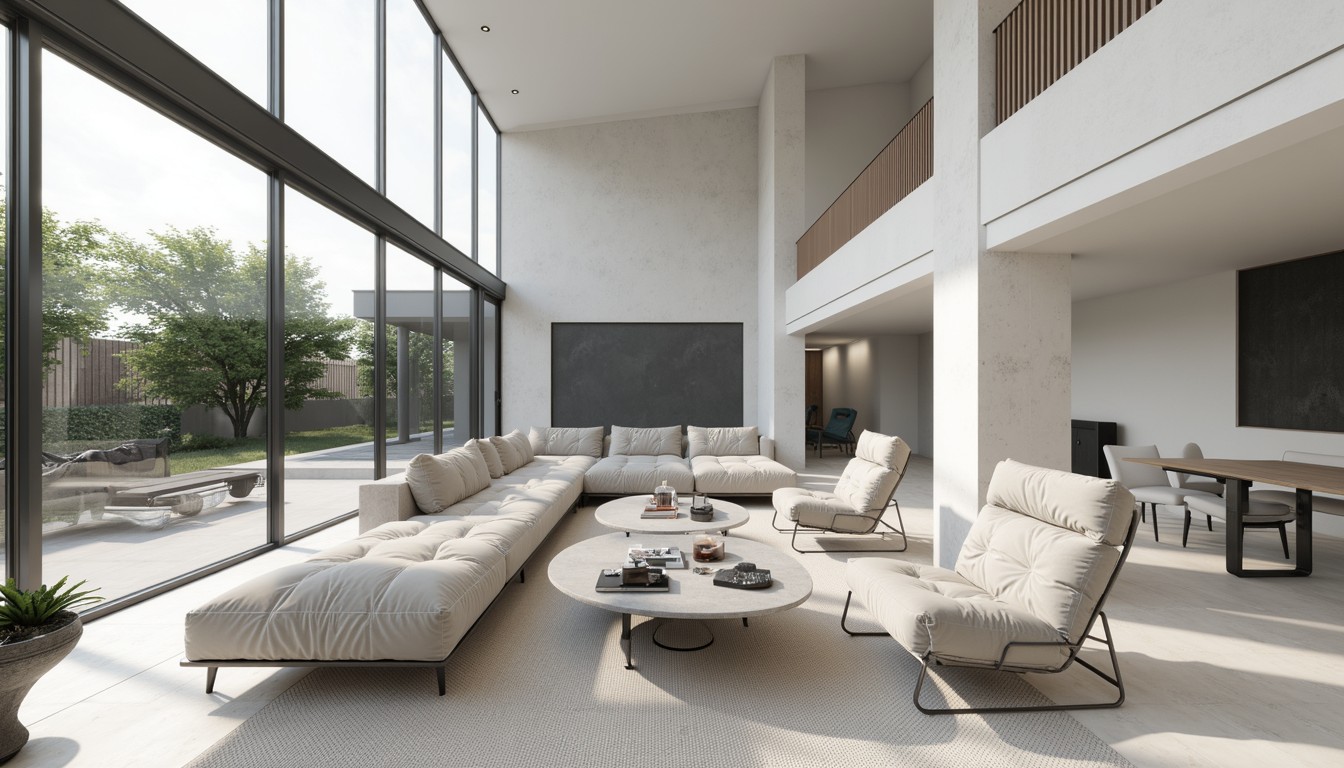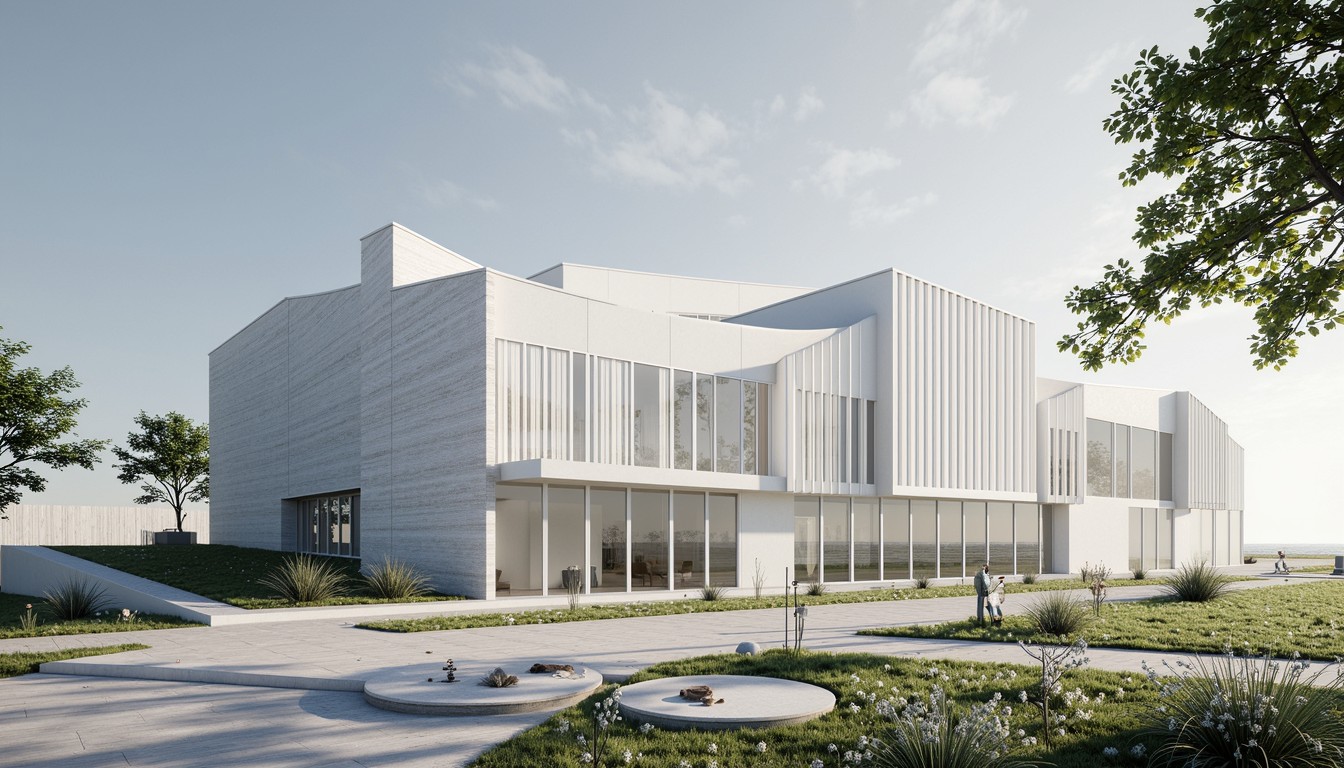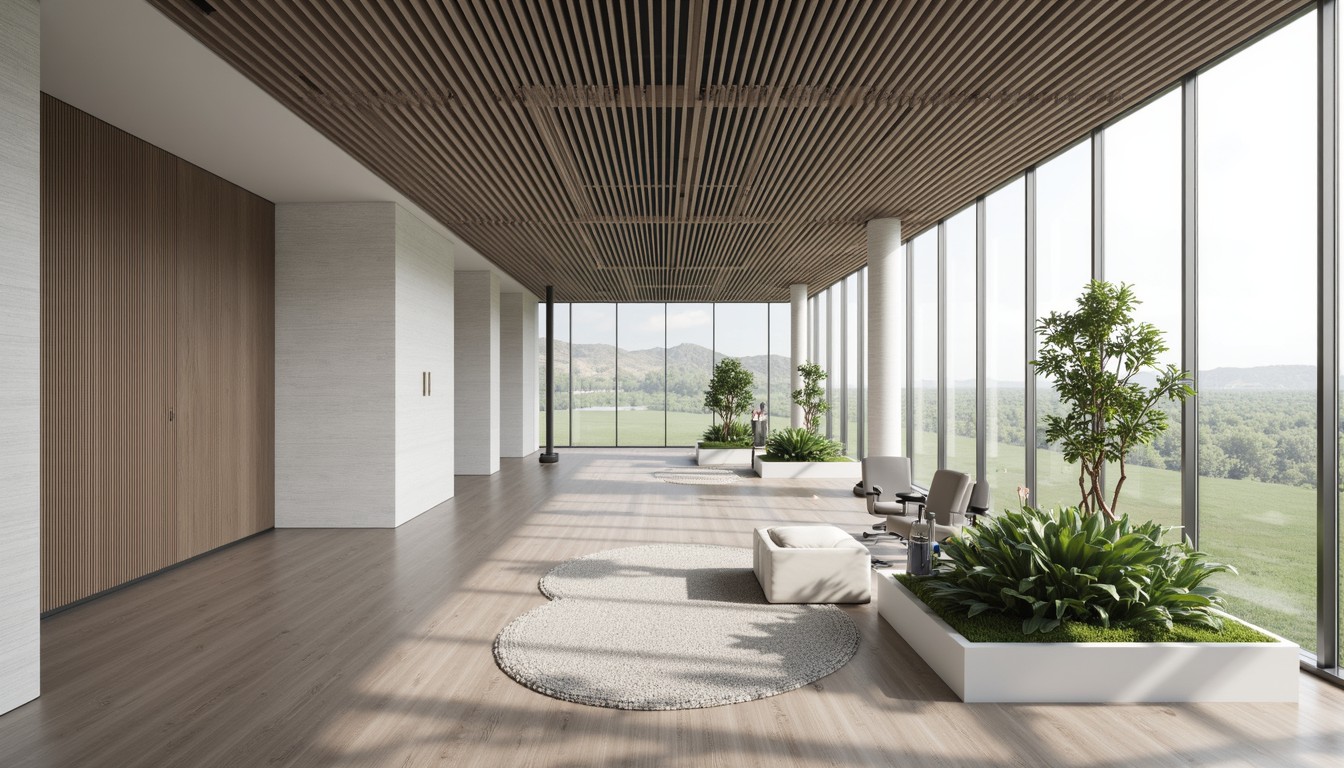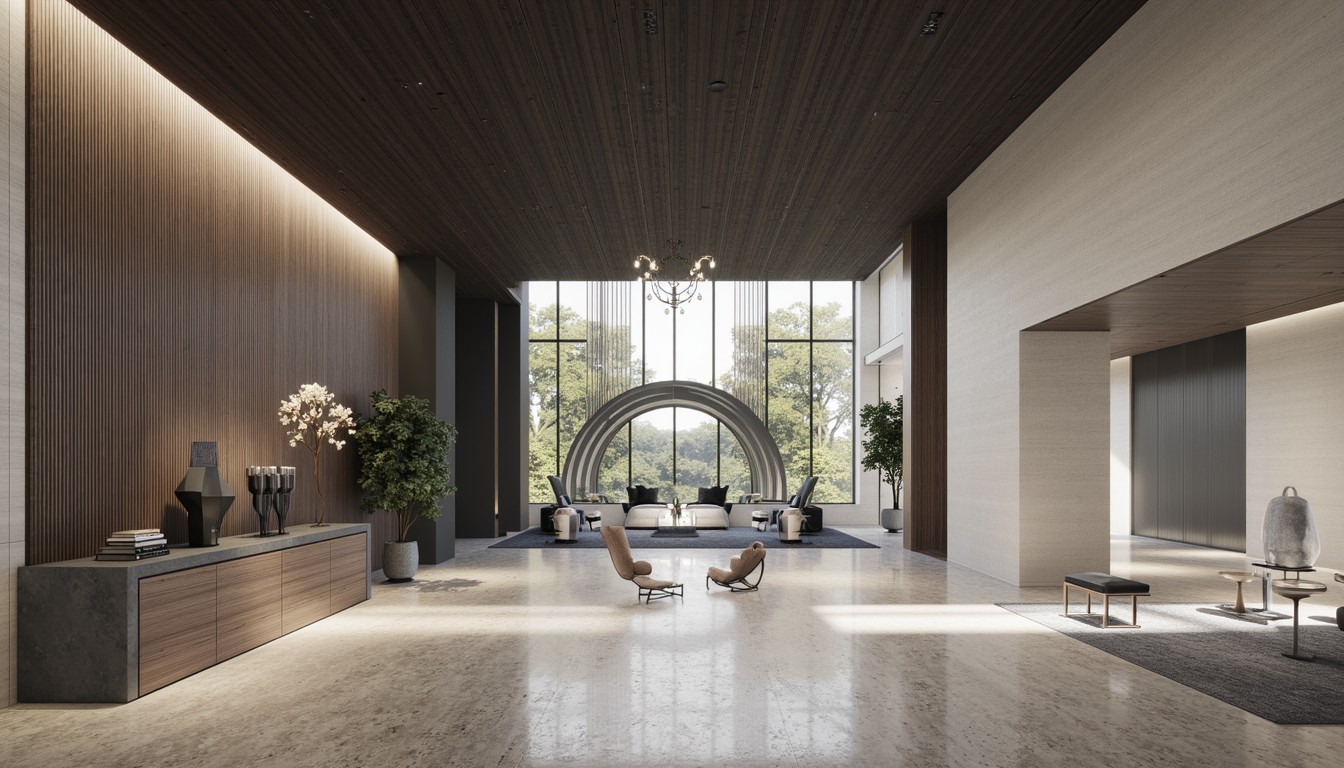Immersive Design: Revolutionizing Architecture with VR & AR
The architectural landscape is undergoing a dramatic transformation, driven by technological advancements that are blurring the lines between the digital and physical worlds. At the forefront of this revolution are Virtual Reality (VR) and Augmented Reality (AR), two immersive technologies rapidly reshaping how architects design, present, and experience their creations. ArchNav is proud to be a leader in leveraging these technologies to deliver unparalleled architectural visualization services.
Understanding VR and AR in Architectural Visualization

Virtual Reality (VR) offers a completely immersive experience, transporting users into a fully rendered 3D model. With a VR headset, architects and clients can walk through a building before it's even built, experiencing the space's scale, proportions, and atmosphere firsthand. This level of immersion fosters a deeper understanding of the design and allows for more effective feedback and iteration.
Augmented Reality (AR), on the other hand, overlays digital information onto the real world. Imagine holding your phone or tablet over a construction site and seeing a digital model of the completed building superimposed on the existing landscape. This allows for on-site visualization, aiding in construction planning, client presentations, and even marketing efforts.
The Benefits of Immersive Design in Architecture

The integration of VR and AR in architectural design offers a multitude of benefits:
- Enhanced Client Collaboration: VR and AR facilitate clear communication and shared understanding between architects and clients. Clients can experience the design in a visceral way, leading to more informed decisions and reduced misunderstandings.
- Improved Design Iteration: Immersive technologies allow architects to identify design flaws and areas for improvement early in the process, saving time and resources. The ability to easily make changes and visualize their impact in real-time is invaluable.
- Better Design Decisions: By experiencing the space in a realistic virtual environment, architects can make more informed decisions about spatial relationships, lighting, materials, and overall design aesthetics.
- Reduced Errors and Costs: Identifying and correcting design issues early in the process through VR and AR simulations can significantly reduce construction errors and associated costs.
- Increased Marketing and Sales Opportunities: Stunning VR and AR presentations can captivate potential buyers and investors, showcasing the project's unique features and enhancing its appeal.
- Improved Accessibility: VR and AR can allow clients who are geographically distant or have mobility limitations to participate fully in the design process.
Real-World Applications of VR and AR in Architecture
The applications of VR and AR are diverse and constantly expanding. Here are a few examples:
- Architectural walkthroughs: Clients can explore the virtual building, experiencing the flow of spaces, views, and lighting.
- Interior design visualization: Clients can experiment with different furniture arrangements, materials, and color palettes within the virtual space.
- Construction planning and simulation: Architects can use VR and AR to visualize the construction process, identify potential challenges, and optimize workflows.
- Urban planning and development: VR and AR can help stakeholders visualize the impact of proposed developments on the surrounding environment.
- Heritage preservation and restoration: VR can create immersive experiences of historical buildings, aiding in their preservation and restoration.
Choosing the Right Technology for Your Project

The choice between VR and AR depends on the specific needs of the project. VR is ideal for fully immersive experiences, while AR is better suited for overlaying digital information onto the real world. Often, a combination of both technologies provides the most comprehensive solution.
ArchNav: Your Partner in Immersive Architectural Visualization
At ArchNav, we understand the transformative power of VR and AR in architecture. Our team of expert architects and visualization specialists utilizes the latest technologies and techniques to create stunning and informative immersive experiences for our clients. We pride ourselves on our ability to seamlessly integrate these cutting-edge tools into the design process, helping architects and clients alike to visualize, understand, and refine their projects with unparalleled clarity and precision. Contact us today to discuss how we can help you leverage the power of immersive design for your next architectural project.
